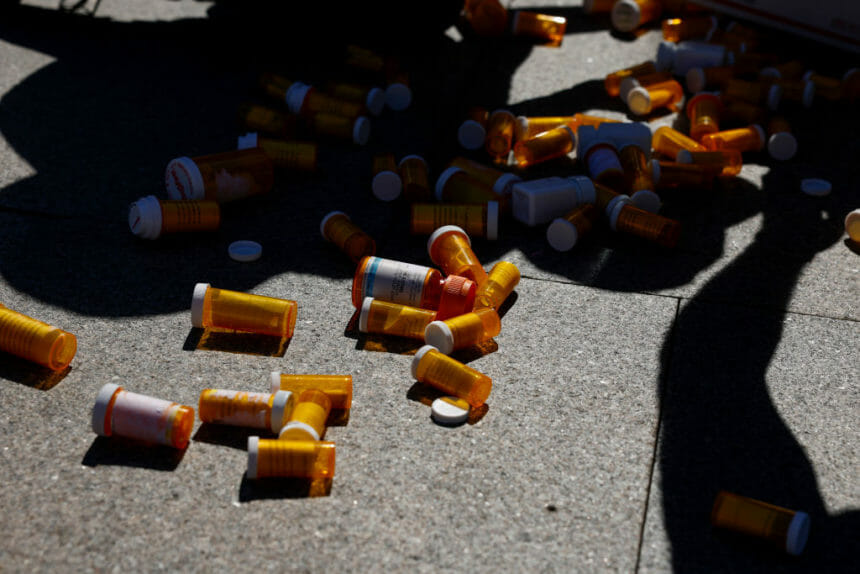The Institute for Clinical and Economic Review (ICER) released a report this week pinpointing the prescription drugs with the largest net price hikes in 2021.
ICER’s list found that seven of the top 10 drugs with net prices had “substantial effects” on the U.S. drug spend and were unsupported by new clinical evidence. ICER reached this determination by analyzing whether there was any moderate or high-quality evidence suggesting that these treatments provided a “substantial improvement” in net health benefit beyond what was previously known.
The leader was Bausch Health’s Xifaxan (rifaximin), which experienced a net price increase of 12.14% and contributed to a $174.7 million increase in drug spending due to the change.
The other six drugs that experienced increases but lacked adequate clinical evidence in ICER’s determination were Promacta (eltrombopag) at 11.46%, Lupron (leuprolide) at 10%, Rexulti (brexpiprazole) at 7.61%, Trinza (paliperidone) at 7.32%, Prolia (denosumab) at 6.11% and Entyvio (vedolizumab) at 4.5%.
The report also included three therapies with the highest increases in total population-based spending based by the Centers for Medicare and Medicaid Services from 2019 to 2020 due to those increases in list prices.
These drugs include pegloticase, which had an 11.78% list price increase; lanreotide, which increased 11.2%; and brentuximab vedotin, which increased by 9.23%. Meanwhile, three drugs that did have new clinical evidence to support their price hikes were Cosentyx (secukinumab), Tremfya (guselkumab), and Jakafi (ruxolitinib).
ICER Chief Medical Officer David Rind, MD said in a statement that these increases in drug prices occur frequently and without “important new evidence” to justify the spending.
“There remain many high-cost brand drugs that continue to experience significant annual price hikes, even after accounting for their rebates,” Rind said. “As new legislation will limit drug-price increases for Medicare in future years, there may remain situations in which increases to list and/or net pricing will have important ramifications for patients and payers.”
This is the latest research into drug price increases and the rationale used for the hikes.
A recent report from the Department of Health and Human Services found that more than 1,200 prescription drug prices rose faster than inflation in the past year. Similarly, AARP released an analysis that outlined the most and least expensive cities for prescription drugs.








